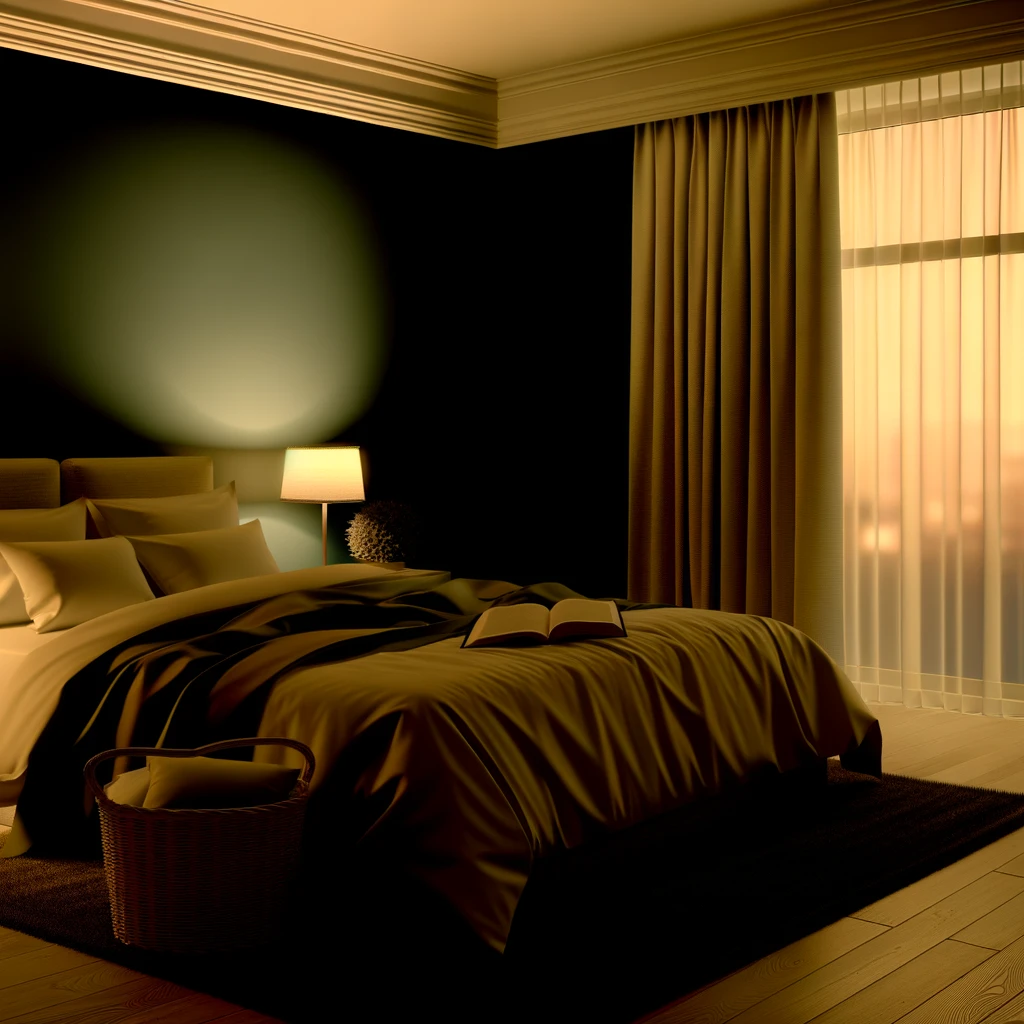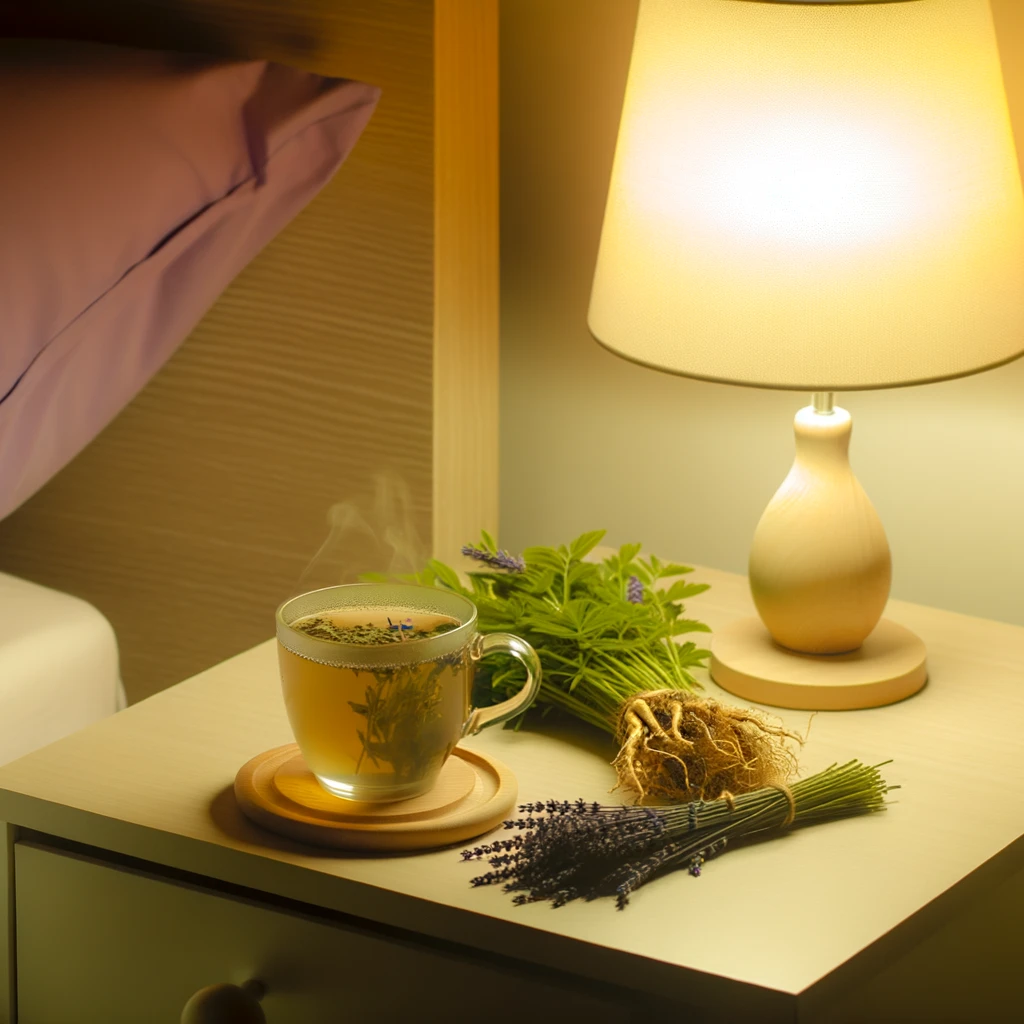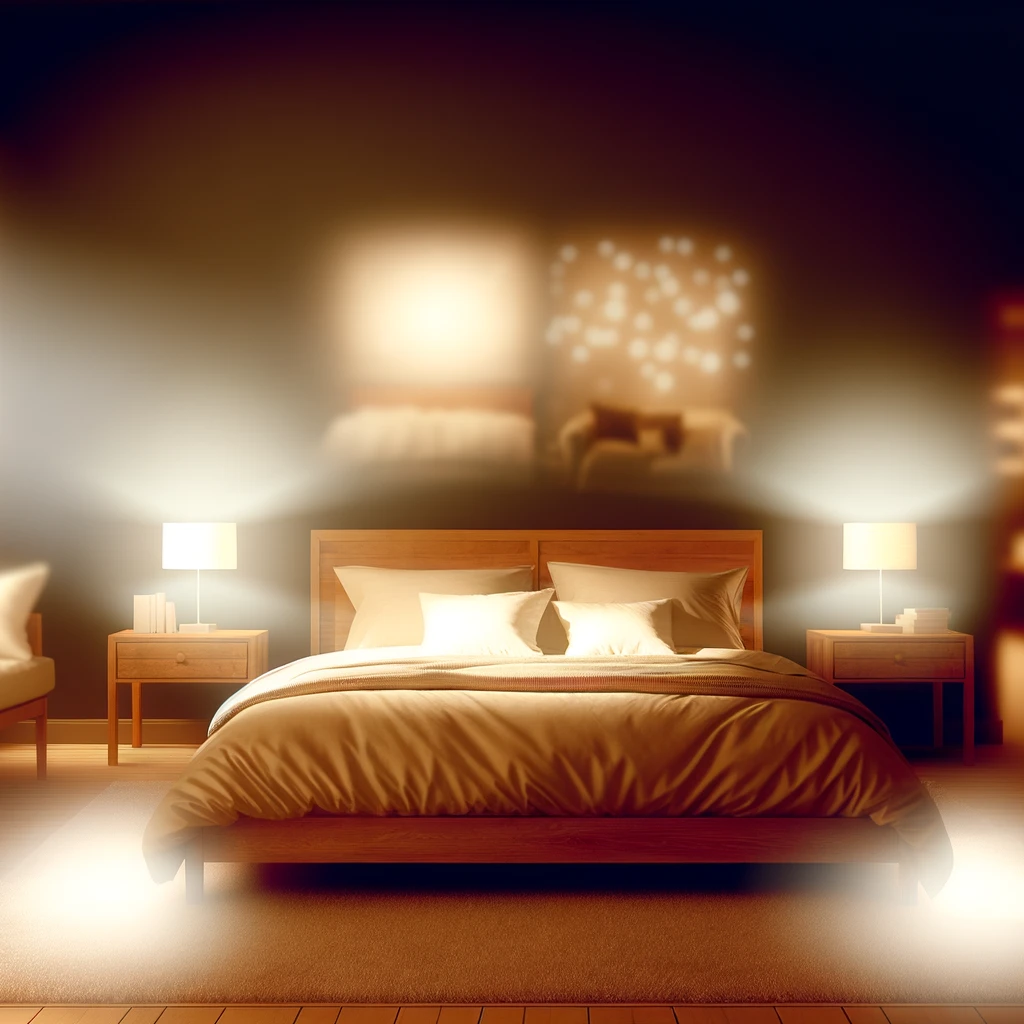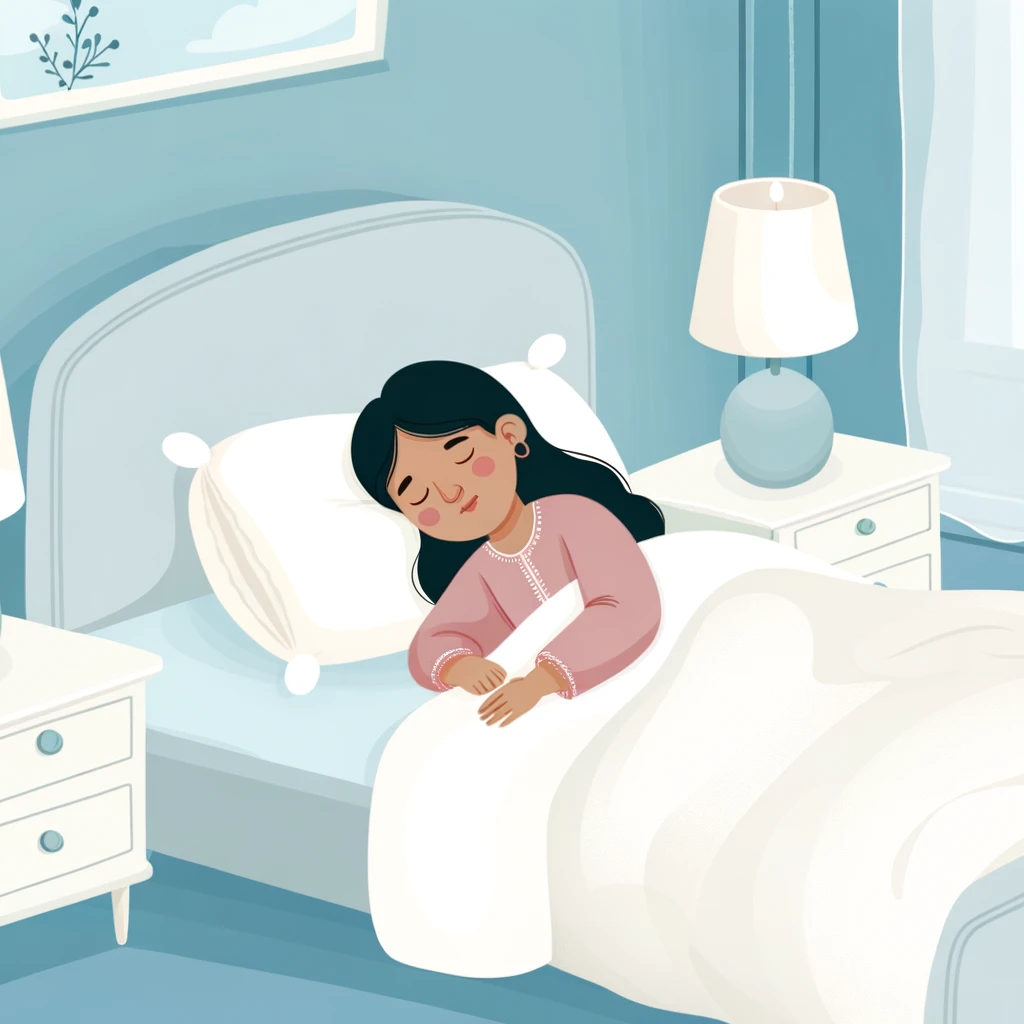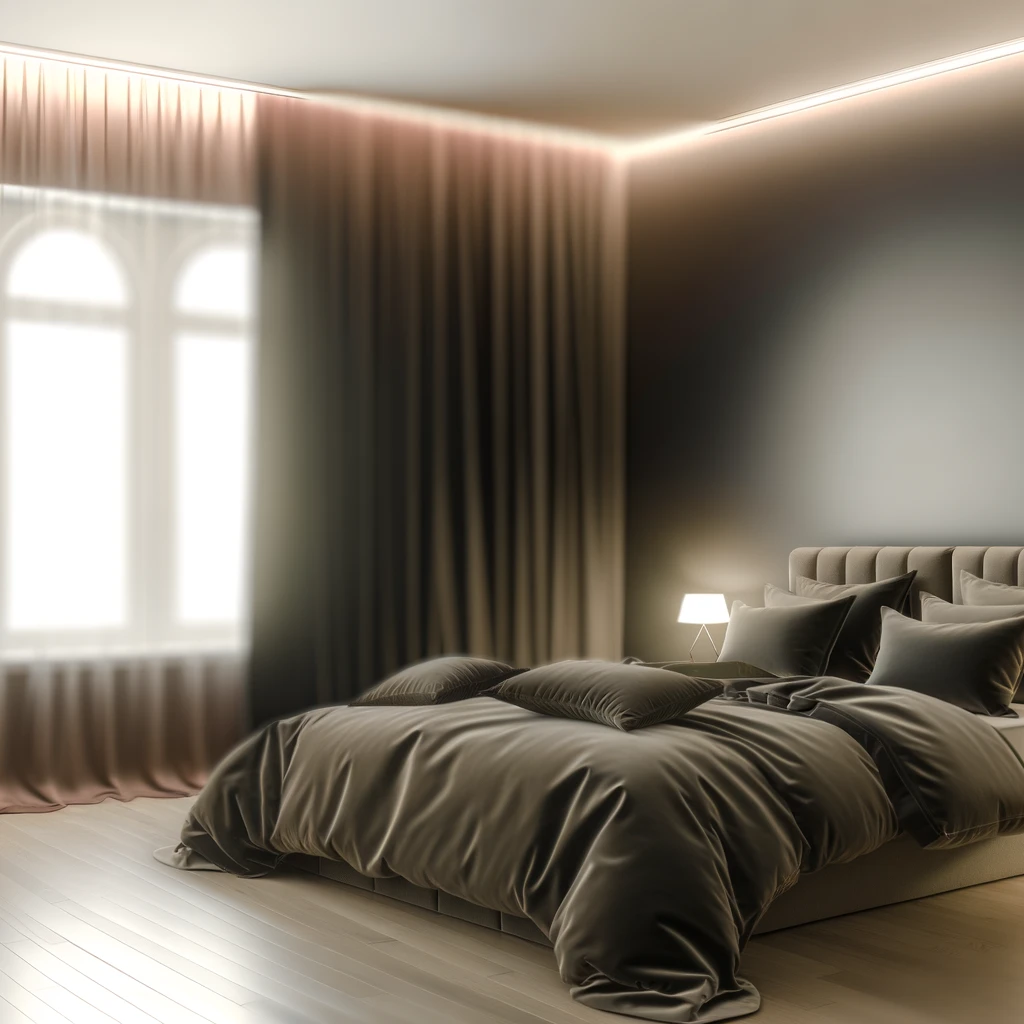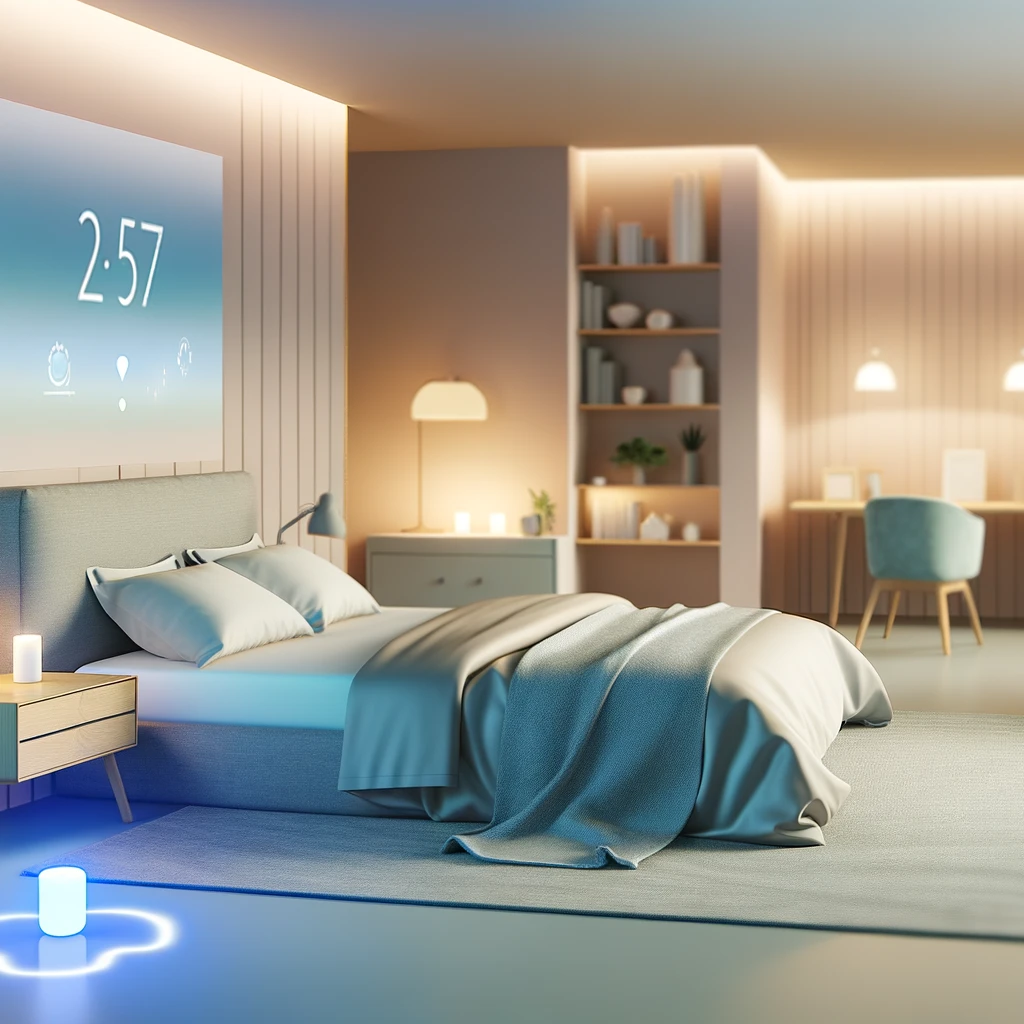
Sleep and Technology: Harnessing Gadgets for Better Rest
In today's fast-paced world, technology plays an integral role in our daily lives. From smartphones to smart homes, gadgets are designed to make our lives more convenient. However, one area where technology can have a profound impact is on our sleep. This article explores how you can harness technology to improve your rest and ultimately enhance your overall well-being.
Understanding the Sleep-Technology Connection
Sleep is a crucial component of a healthy lifestyle. It affects our mood, energy levels, and overall health. Technology, often blamed for disrupting sleep, can also be harnessed to improve it. Understanding the right way to integrate technology into your sleep routine is essential for reaping its benefits.
The Impact of Blue Light
One of the primary concerns with technology and sleep is blue light exposure. Devices such as phones, tablets, and computers emit blue light, which can interfere with the production of melatonin, a hormone that regulates sleep. Fortunately, many modern gadgets now come with features like night mode or blue light filters to mitigate this issue.
Gadgets Designed for Better Sleep
There are numerous gadgets on the market specifically designed to enhance sleep quality. These include:
- Smart Mattresses: These mattresses come with built-in sensors that monitor your sleep patterns and adjust firmness and temperature to improve comfort.
- Sleep Trackers: Wearable devices that track sleep duration and quality, providing insights that can help you make informed decisions about your sleep habits.
- White Noise Machines: These devices produce soothing sounds that can help drown out background noise and promote relaxation.
- Smart Lighting: Smart bulbs can be programmed to mimic natural light patterns, helping to regulate your circadian rhythm.
Apps for Sleep Improvement
In addition to physical gadgets, there are numerous apps available to assist with sleep improvement. These apps offer features such as guided meditation, sleep stories, and breathing exercises to help you relax and prepare for sleep.
Top Sleep Apps to Consider
Here are some popular sleep apps that have gained recognition for their effectiveness:
- Calm: Known for its meditation features, Calm also offers sleep stories and breathing exercises.
- Headspace: Offers a range of guided meditations and sleepcasts to help users fall asleep faster.
- Sleep Cycle: An intelligent alarm clock that analyzes your sleep patterns and wakes you up during light sleep, making waking up a more pleasant experience.
Creating a Tech-Friendly Sleep Environment
While technology can enhance sleep, it's essential to create a tech-friendly environment that supports rest. Here are some tips:
- Limit Screen Time: Avoid screens at least an hour before bedtime to reduce blue light exposure.
- Optimize Bedroom Tech: Use gadgets like smart thermostats and lighting to create a comfortable sleep environment.
- Maintain a Consistent Schedule: Use technology, such as sleep apps, to help maintain a consistent sleep schedule, which is crucial for healthy sleep patterns.
Conclusion
Technology, when used mindfully, can be a powerful tool in improving sleep quality. By understanding the impact of gadgets and apps on sleep, and by creating a tech-friendly sleep environment, you can harness the power of technology for better rest. It's time to embrace the digital age and take control of your sleep health.
Related Articles
